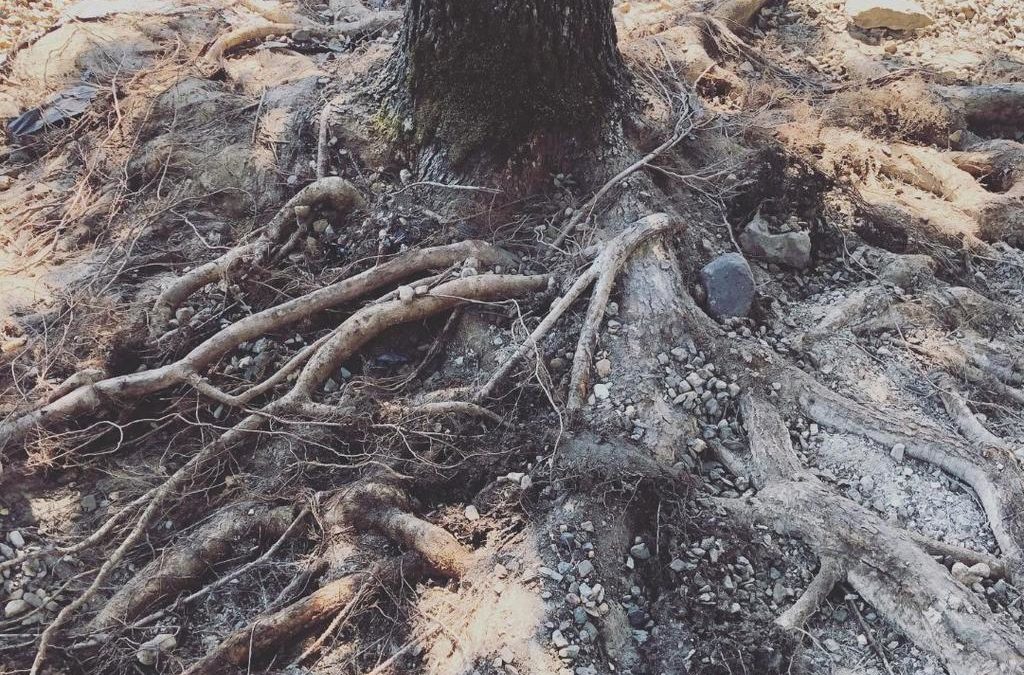Your tree’s root system is its lifeline, providing nutrients and water from the soil to support its growth. While you rarely have to worry about your tree’s roots since they are underground, there are times when the roots will appear above ground.
In this blog, we’ll look at why tree roots sometimes appear aboveground, what you can do with tree roots above the ground, and how our Little Rock, Arkansas, tree service, Urban Jacks Tree Service, can help.
Why Do Your Tree’s Roots Grow Aboveground?
Several things could cause your tree’s roots to grow aboveground, including:
- Inadequate Space: Your tree’s roots might not have room to grow naturally, causing them to spread along the surface in search of water and nutrients.
- Soil Compaction: When the soil is too compacted to allow roots to grow through it, roots can grow at the surface since it’s easier to find oxygen and water there.
- Tree Age: Since your tree’s roots expand in diameter as the tree ages, roots growing near the surface could break the soil’s surface as they become thicker.
Why Are Tree Roots Above Ground a Problem in Little Rock, AR?
Here’s why having exposed roots is never good news:
- Roots can get damaged: Your mower’s blades could cut the roots, impacting their ability to transport nutrients and water to the tree. This will affect the tree’s health, potentially leading to the tree dying.
- Damaged aboveground roots leave the tree vulnerable to diseases: Damaged roots create openings for diseases to infect the tree and damage its entire system.
- Exposed roots are safety hazards: Exposed roots are trip hazards, especially for homeowners who have kids running around the garden or back yard.
What to Do With Tree Roots Above Ground
Here are a few tips and tricks for dealing with exposed tree roots in your yard.
You Can Cover the Roots with a Layer of Mulch
Mulching is one of the most effective ways to cover exposed roots. Many homeowners use materials like wood chips, pine needles, or composted leaves to protect the roots and replace the turf.
We should note that mulch can lead to root rot if you place it against your tree’s trunk, so be sure to leave a 12-inch gap from the trunk to prevent the buildup of excess moisture against the tree’s bark.
You Can Plant Ground-Covering Plants
Planting ground-covering plants could help resolve the issue, though there is a lot you should be aware of. For starters, pick drought-tolerant plants that can grow in the shade or with little sunlight. Also, you will need to overwater the plants in the beginning since they will be competing for nutrients against more established roots.
You Can Fix Compacted Soil
To fix compacted soil, use an air spade around your tree’s roots to loosen the dirt, add compost, and then fill the soil back in. You could spread a layer of wood chip mulch to prevent future compaction or add a mulch ring around your tree, placing sod or grass seed farther away.
You Can Prune Exposed Roots
While pruning exposed roots is another option, it should always be a last resort. Also, when pruning exposed roots, only prune the smaller feeder roots—or you might kill the tree. Start with roots less than two inches thick and those at least one foot away from the tree’s trunk.
Turn to Your Trusted Tree Service Experts at Urban Jacks Tree Service in Little Rock, AR
A lot can go wrong when trying to resolve issues with roots above ground, resulting in worse problems. As such, it’s always best to leave the work to trained professionals.
At Urban Jacks Tree Service, we are committed to providing you with the service you need. Our experience, expertise, and unmatched attention to detail will deliver results that fully meet your needs.
Contact our team at Urban Jacks Tree Service today at (501) 547-4018 in Little Rock, AR, and let us help you deal with tree roots above ground, allowing you to learn more about tree health care in the process.

